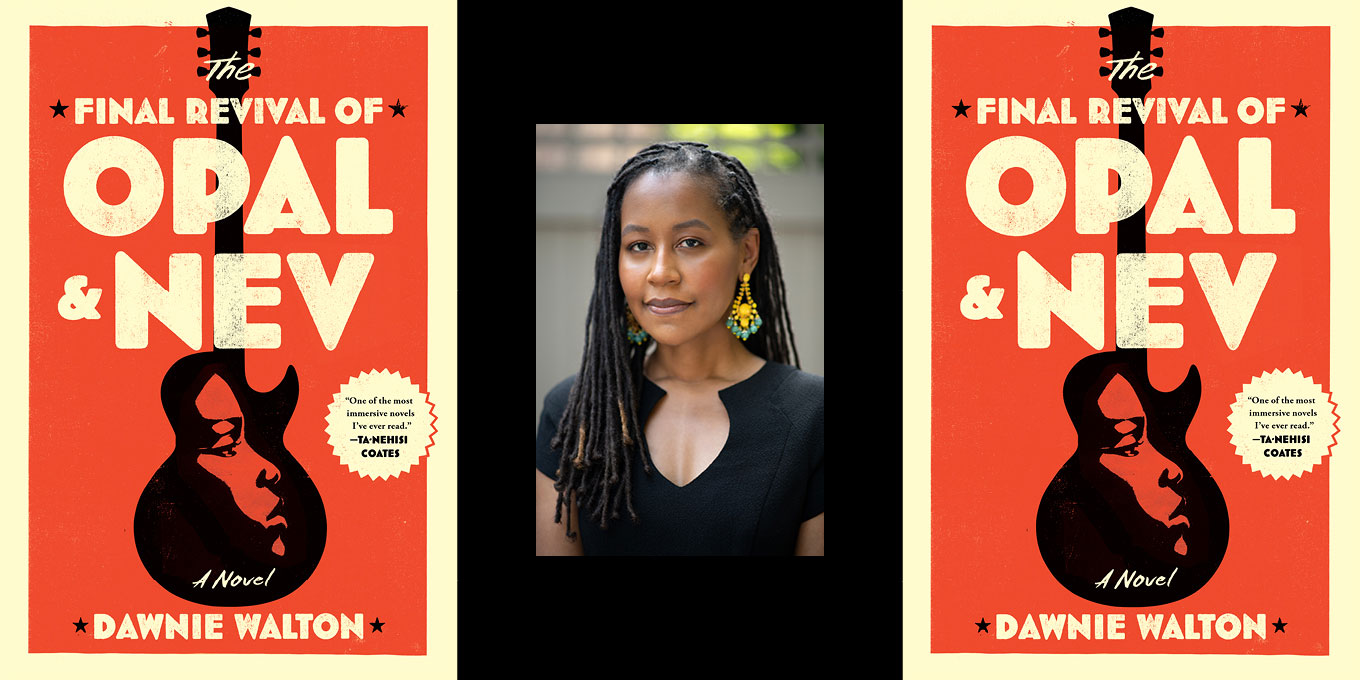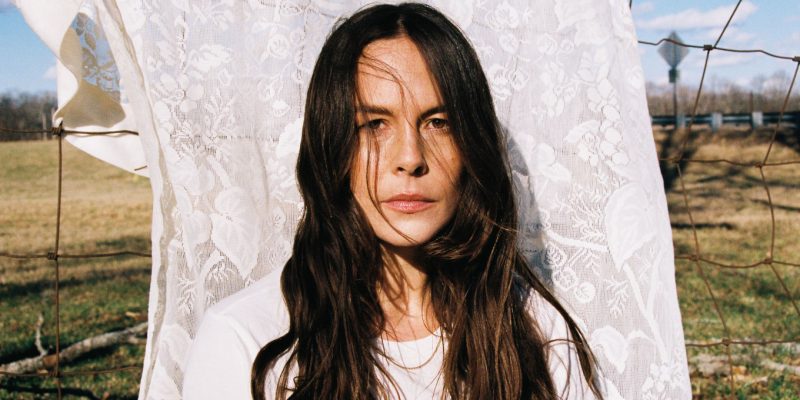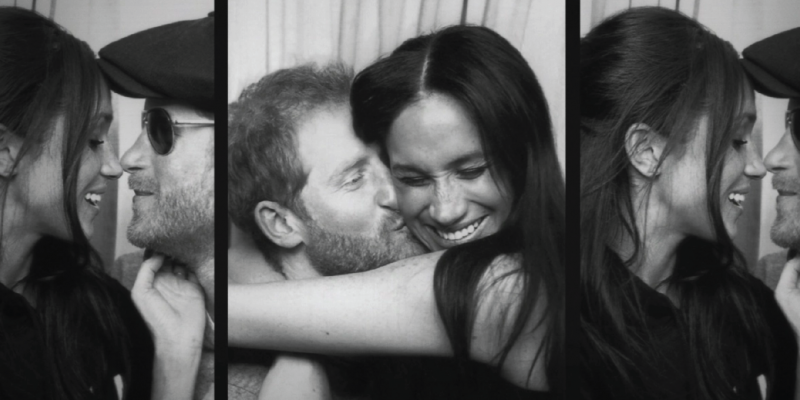Culture
The Fictional 1970s Rock and Roll Tell-All With Black Women At Its Heart
For fans of Daisy Jones & the Six, The Final Revival of Opal & Nev will be a gripping read.
by : ELLE Canada- Apr 15th, 2021
Opal’s dreams of stardom look like they’re going to come true when she meets up-and-coming British singer and songwriter Neville and is signed to an under-the-radar label. And in the 1970s New York rock scene, Opal certainly draws some attention as a Black woman in the spotlight. Decades later, journalist Sunny (another Black woman in a male- and white-dominated field) wants to tell Opal’s story – as well as discover a piece of her own past by learning about her musician father (who was also a member of Opal and Nev’s band) and the events surrounding his death at a promotion concert gone awry. Through interviews and newspaper articles, Sunny pieces together the rise of Opal and Nev and their journey to the present day – when they hope to have a revival tour – and discovers some buried secrets along the way.
We spoke to author Dawnie Walton to learn more about her personal connection to rock ’n’ roll and why she needed to put Opal front and centre.
How did the idea for this story come to you?
“I grew up as a young Black woman into alternative music and really wished that I had a reflection of myself in the scene that I was part of. But that didn’t happen until 2013 when I was watching 20 Feet From Stardom, a documentary about background singers. In the first five minutes, there’s footage from the Talking Heads concert [film] Stop Making Sense, and you see David Byrne at the centre of the stage and to the left of him you see these incredible Black women singing and dancing their hearts out, and I was just so fascinated by them. I was really compelled to pull one of them to centre stage with David Byrne. And the image of two outwardly opposite people just really stuck with me, and I started asking questions about them – how they got together and what it would have been like in a certain era in music in New York. I just stuck with those characters and started writing. Opal’s voice came to me first, and it was just so – I could just hear her so clearly.”
The format itself – the rock ’n’ roll tell-all – why did you decide to go this route?
“I worked for many years at Entertainment Weekly – I was an editor on the website, and even before I worked there I was a huge fan. They used to use the oral-history format quite a bit when they were telling the histories behind things that felt iconic and beloved. What I liked about it was that you had all these big voices, and sometimes they were in concert and sometimes they were conflicting. But they were always very colourful because they were celebrities – they were kind of irrepressible.”
Tell me a bit about the modern-day storyline.
“The current storyline was a layer that I added deep into writing the first draft. And it was because of the feedback I got from a writing workshop. My classmates said they were so curious about who was curating the story, who was putting it together and from what viewpoint. And that’s how Sunny was born. I wanted a character who in some ways was mirroring Opal, being a rare character in her field and navigating the challenges that come with that.”
Pick up The Final Revival of Opal & Nev for an engaging take on rock ’n’ roll history that is a page-turning look at the experiences of a young Black woman finding her way.
Newsletter
Join our mailing list for the latest and biggest in fashion trends, beauty, culture and celebrity.
Read Next

Fashion
H&M's Latest Designer Collab With Rokh Just Dropped (And It's So Good)
We chatted with the emerging designer about the collaboration, his favourite pieces and more.
by : Melissa Fejtek- Apr 18th, 2024

Culture
5 Toronto Restaurants to Celebrate Mother’s Day
Treat your mom right with a meal at any of these amazing restaurants.
by : Rebecca Gao- Apr 18th, 2024

Culture
ELLE Escapes: Savannah
Where to go, stay, eat and drink in “the Hostess City of the South.”
by : ELLE- Apr 15th, 2024






